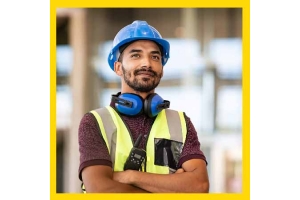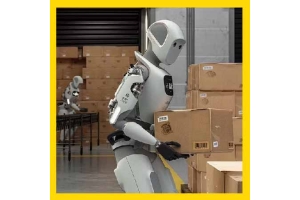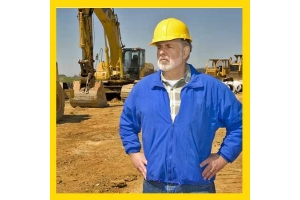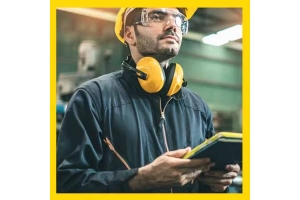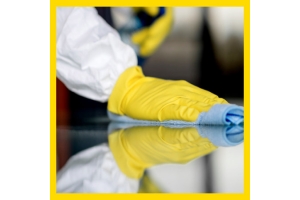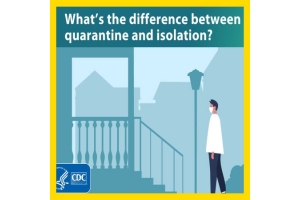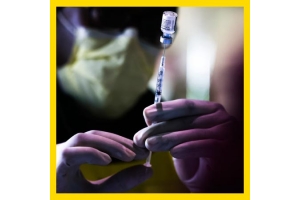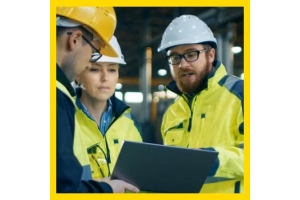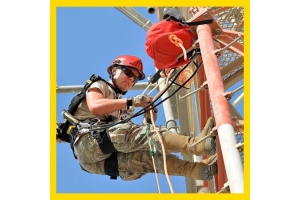Currency
-
-
April 12, 2018Safety managers must ensure that workers of all ages stay safe. However, millennials — those born between 1982 and 1997, and expected to make up half the world’s workforce by 2020 — pose a special challenge.
Because of their relative lack of seniority, millennials may be relegated to less desirable jobs, or to temporary assignments. This means that they may suffer from a deficit of training. To make matters worse, their lack of experience may mean they have not yet had time to develop a healthy respect for all the safety risks presented by their working environments. It’s not surprising that millennial workers appear to suffer more workplace injuries than other age groups. In hazardous industrial environments, the risk could be even greater.
However, there’s hopeful news. The simultaneous arrival of new safety technologies may well render this tech-savvy generation surprisingly easy to “sell” on safe job site habits.
The appeal of the
-
April 12, 2018We are calling on everyone, including employers, to do the right thing; to protect the people who work for them," IOSH President Craig Foyle said. "IOSH has an array of resources designed to assist employers put measures in place which protect their workforce.
-
April 10, 2018In the latest fire incident, Ajman Civil Defence warn residents not to smoke in bedrooms
-
April 07, 2018American tech manufacturer, Honeywell, has announced that it is using a cloud-based simulation tool that uses a combination of augmented reality (AR) and virtual reality (VR) to train plant personnel on critical industrial work activities.
Honeywell’s advanced training solution combines mixed reality with data analytics to create an interactive environment for on-the-job training.
It uses Microsoft’s HoloLens, the world’s first and only self-contained holographic computer, and Windows Mixed Reality headsets to simulate various scenarios for Honeywell’s C300 controller—such as primary failure and switchovers, cable and power supply failure—that train and test personnel on their skills.With as much as 50% of industrial plant personnel due to retire within the next five years, the Honeywell Connected Plant Skills Insight Immersive Competency is designed to bring new industrial workers up to speed quickly by enhancing training and delivering it in new and contemporary -
April 07, 2018Our research experts acutely ascertain the significant aspects of the Global Personal Protective Equipment (PPE) market report. It also provides an in-depth valuation regarding the future developments depending on the past information and present Personal Protective Equipment (PPE) market situation. In this Personal Protective Equipment (PPE) report, we have explored the market principals, key players in the market, geographical regions, product type, and market end-user applications. The global Personal Protective Equipment (PPE) report comprises of primary and secondary data which is exemplified in the form of pie charts, Personal Protective Equipment (PPE) tables, analytical figures, and bar graphs. The Personal Protective Equipment (PPE) report is presented in a systematic manner, that involves simple language, basic Personal Protective Equipment (PPE) outline, agreements, and certain facts as per viewer’s comfort and understanding.
Furthermore, the global Personal Protective -
April 05, 2018Saudi makes up nearly half of the Middle East market, making it a prime target for solutions providers
-
April 04, 2018FireLinc can provide data to users about turnout gear cleanings and standards related to caring for PPE
-
April 03, 2018High-visibility Clothing Market Anticipated to Witness Intensified Competition due to Continual Entry of New Players
